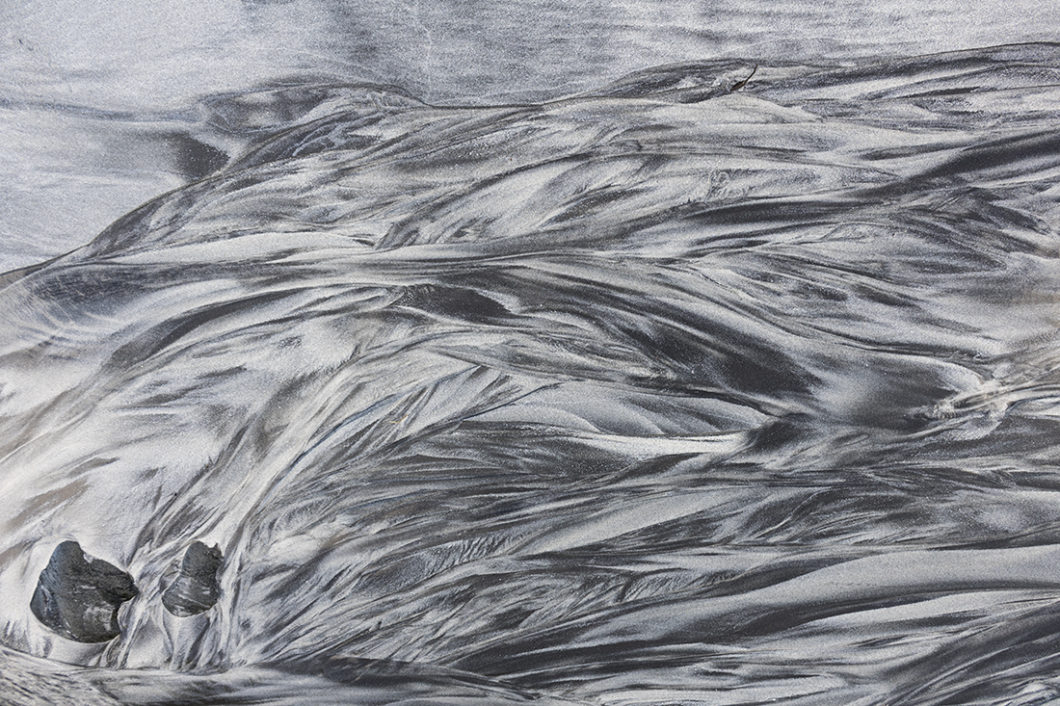In aesthetics, the uncanny valley is a hypothesized relationship between the degree of an object’s resemblance to a human being and the emotional response to such an object. The concept of the uncanny valley suggests that humanoid objects which appear almost, but not exactly, like real human beings elicit uncanny, or strangely familiar, feelings of eeriness and revulsion in observers. Valley denotes a dip in the human observer’s affinity for the replica, a relation that otherwise increases with the replica’s human likeness. (Wiki)
Is there a phenomenon like the Uncanny Valley in terms of environment modeling in CGI based movies? I need to look that up. The landscape of Lofoten seems eerily hypertextured to me. Is that because my eyes are used to seeing artificial nature that doesn’t meet the natural grade of detail due to technical incapacities – in soft focus photos or inadequate illustrations, in media in general? If photography and digital modelling are now able to reach that high grade of detail that would seem natural, then does that train my perception to actually see all detail better? Or in reverse – you focus on the little things when you are out in the world, you don’t have the capacities of perceiving everything to the same extent; your senses are constantly filtering the impressions. What exactly happens in your hardwire when watching a hypertextured movie?
The old-fashioned decorative painting techniques of marbling and woodgraining, that I had the chance to learn in Lucy McKenzie’s class in Düsseldorf, can only be mastered if the painter learns to trick his and the viewers pattern recognition. The more you force yourself to not paint what you know or follow your human sense of order, the more you exaggerate the shapes and forms in the wood grain, the more natural and real will it turn out.
